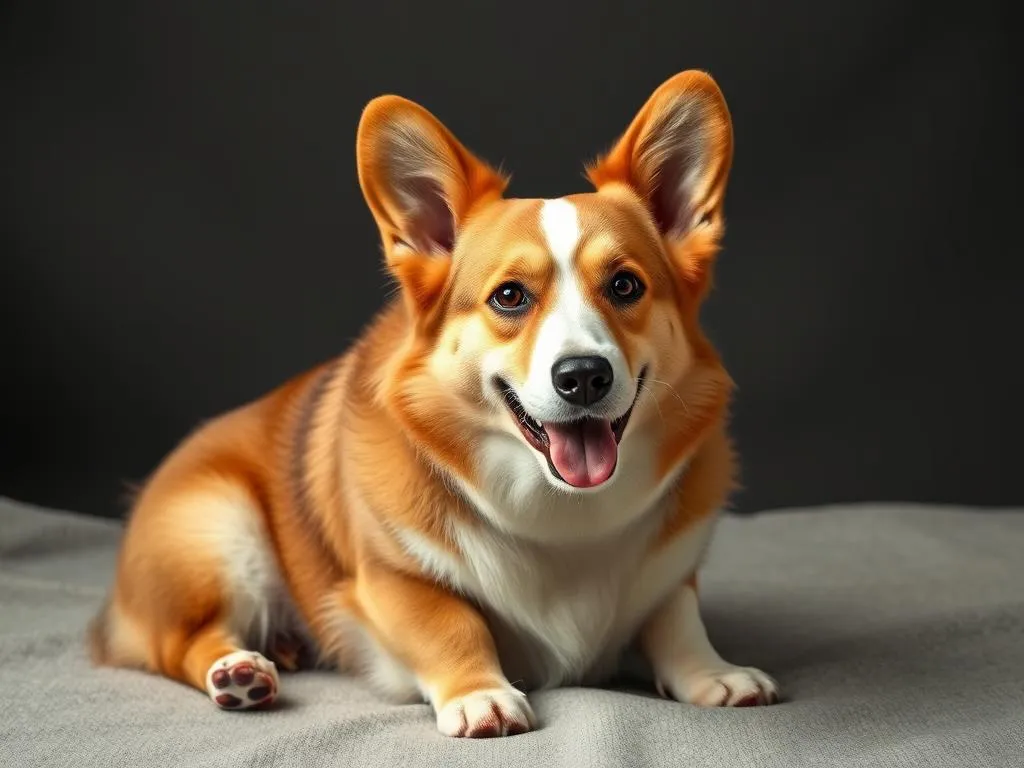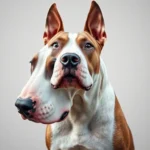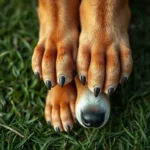
Introduction
Corgis are a beloved breed known for their short legs, fluffy tails, and cheerful personalities. Originating from Wales, they have gained immense popularity around the world, especially due to their appearances in royal households and social media. As with any dog breed, understanding the nuances of owning a Corgi includes knowing about their shedding habits.
Shedding is a natural process that all dogs undergo, but the amount and frequency can vary significantly between breeds. This raises an important question for potential dog owners: do Corgis shed more than other breeds? In this article, we’ll delve into the intricacies of shedding, specifically looking at Corgis, their grooming needs, and how they compare to other breeds.
Understanding Shedding in Dogs
What is Shedding?
Shedding refers to the natural process by which dogs lose old or damaged hair. This is a normal occurrence for all breeds and can happen at any time of the year. Shedding can vary greatly depending on factors such as breed, climate, and health.
Reasons Why Dogs Shed
Dogs shed for a variety of reasons, including:
- Seasonal Changes: Many dogs experience increased shedding in spring and fall as they adapt to changing temperatures.
- Health Factors: Dogs may shed more due to dietary deficiencies, allergies, or stress.
- Breed-Specific Traits: Some breeds are genetically predisposed to shed more than others, which is a key factor when assessing Corgis.
Shedding Characteristics of Corgis
Types of Corgis
There are two primary types of Corgis: the Pembroke Welsh Corgi and the Cardigan Welsh Corgi. Both breeds share similar physical characteristics but have unique traits that can influence their shedding patterns.
- Pembroke Welsh Corgi: Known for their distinct appearance, they typically have a shorter tail or may even be tail-less. They often exhibit a more playful demeanor.
- Cardigan Welsh Corgi: These Corgis have a longer tail and a more robust body structure. They are generally known to be a bit more reserved than their Pembroke counterparts.
Shedding Patterns in Corgis
Corgis are known for their double coat, consisting of a soft undercoat and a tougher outer coat. This combination contributes to their shedding patterns.
- Blowing Coat: Corgis experience a phenomenon known as “blowing coat,” where they shed heavily during specific seasons. This usually occurs in the spring and fall, leading to a notable increase in the amount of hair found around the home.
- Frequency and Amount of Shedding: On average, Corgis shed moderately throughout the year, but expect significant shedding during seasonal changes.
Factors Influencing Corgi Shedding
Several factors can influence how much a Corgi sheds, including:
- Age: Young puppies may shed less as they are still developing their adult coats. Older Corgis might shed more due to hormonal changes.
- Health Status: A healthy Corgi will typically shed less than one experiencing health issues or stress.
- Environmental Factors: Corgis living in warmer climates may shed more frequently, as they adapt to heat, while those in cooler climates may shed less.
Comparing Corgis to Other Breeds
Shedding Levels of Common Breeds
Understanding how Corgis stack up against other breeds can provide valuable insights for prospective owners. Here’s a breakdown of shedding levels in various breeds:
- Low-Shedding Breeds: Poodles and Bichons are known for their minimal shedding, making them suitable for allergy sufferers.
- Moderate-Shedding Breeds: Beagles and Labradors shed a moderate amount of hair year-round, but are not as heavy shedders as some larger breeds.
- High-Shedding Breeds: German Shepherds and Huskies are notorious for their heavy shedding, particularly during seasonal coat changes.
Corgis’ Shedding in Context
When comparing Corgis to other breeds, it’s clear that they fall into the moderate shedding category. While they do shed more than low-shedding breeds, they typically shed less than high-shedding breeds like German Shepherds or Huskies.
For owners who appreciate the Corgi’s affectionate and playful nature but are concerned about shedding, it’s essential to weigh these factors when considering the breed. Corgis can be a great fit for families, but those sensitive to allergens or excess fur might want to think carefully.
Grooming and Care for Corgis
Grooming Needs
Regular grooming is vital for maintaining a healthy coat and minimizing shedding in Corgis. Here are some essential grooming tools:
- Brushes: A slicker brush or an undercoat rake can help remove loose fur effectively.
- Combs: A wide-toothed comb can assist in detangling fur, especially in the undercoat.
Tips for Managing Shedding
To effectively manage Corgi shedding, consider these tips:
- Bathing Routines: Regular baths can help remove loose hair and dirt from the coat. Use a dog-specific shampoo to avoid skin irritation.
- Diet Considerations: Incorporating omega fatty acids into their diet can promote healthy skin and fur, potentially reducing shedding.
- Environmental Control: Keeping your home clean with regular vacuuming and using air purifiers can help manage pet dander.
Professional Grooming Options
While many Corgi owners can manage grooming at home, seeking professional help can be beneficial, especially during heavy shedding seasons. Regular grooming appointments can help keep their coat healthy and reduce the amount of fur in your home.
Health Implications of Shedding
Shedding and Allergies
For those with allergies, it’s essential to understand the connection between shedding and allergic reactions. While Corgis themselves may not be hypoallergenic, managing their shedding can minimize allergens in your home. Here are some tips for allergy sufferers:
- Regular grooming can reduce the amount of loose hair and dander.
- Maintaining a clean home environment with frequent dusting and vacuuming can help alleviate allergy symptoms.
Identifying Abnormal Shedding
Not all shedding is normal. If you notice excessive shedding in your Corgi, it may be a sign of underlying health issues. Be on the lookout for:
- Signs of Excessive Shedding: Patches of bald spots, skin irritation, or changes in coat texture.
- When to Consult a Veterinarian: If you observe any of the aforementioned signs, it’s best to seek professional advice to rule out health problems.
Conclusion
In summary, Corgis do shed a moderate amount compared to other breeds. Their double coats require consistent grooming and care, especially during seasonal changes when they experience “blowing coat.” Understanding shedding is crucial for prospective Corgi owners, as it impacts both the dog’s health and the overall cleanliness of the home.
Corgis are affectionate and playful companions, making them a popular choice for families. However, potential owners should consider their grooming needs and shedding habits to ensure a harmonious relationship with their furry friend. Embracing the joy of owning a Corgi while being prepared for their grooming and shedding requirements can lead to a fulfilling pet ownership experience.









